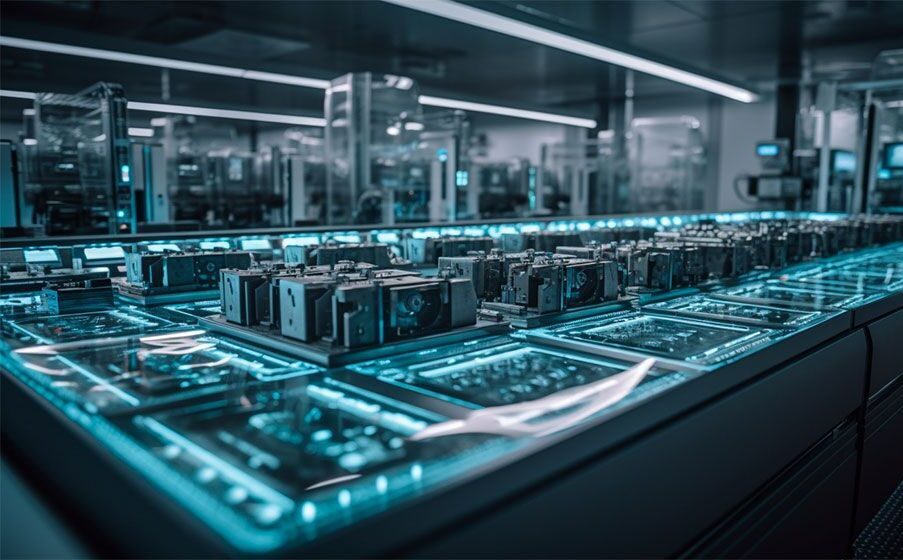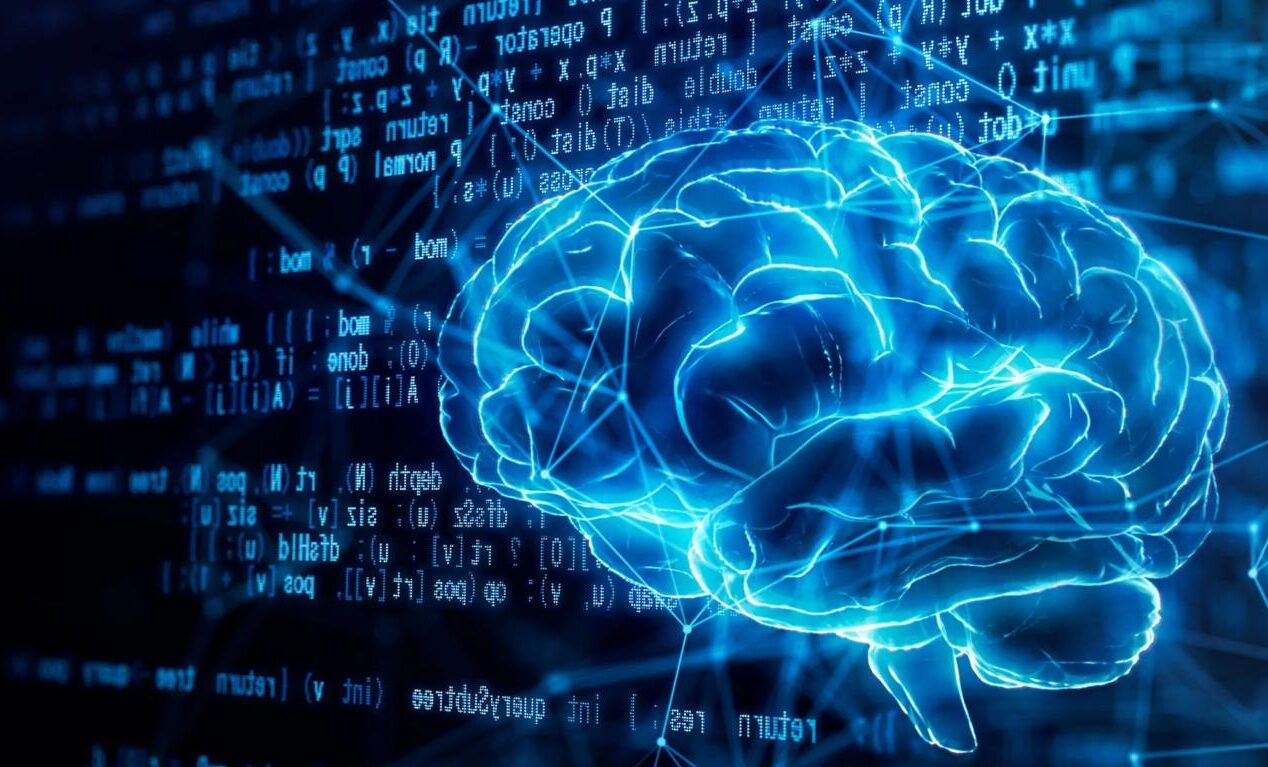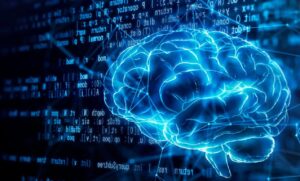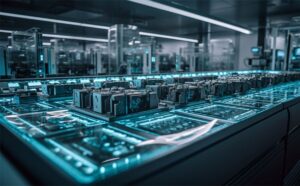AI’s Expanding Horizon in Materials Science and Pharmaceuticals: Real-World Examples, Future Prospects, and Ongoing Challenges
Artificial intelligence (AI) is increasingly hailed as the new electricity—a transformative, pervasive technology poised to reshape industries worldwide. Over the last decade, AI and machine learning (ML) have rapidly expanded well beyond their initial stronghold in information technology, permeating fields such as materials science, chemistry, and pharmaceuticals with unprecedented depth and breadth.
This convergence has already led to remarkable innovations. One standout example is a collaborative project between researchers at the California Institute of Technology (Caltech) and the University of Toronto, where AI-driven designs converged with advanced 3D printing techniques to create ultra-lightweight nanomaterials possessing a strength five times greater than titanium. Although such achievements are already revolutionizing aerospace by drastically improving fuel efficiency and reducing carbon emissions, these success stories represent merely the tip of the iceberg. AI’s capacity to process colossal datasets, autonomously learn from failures, and rapidly iterate through new designs unlocks countless possibilities in R&D—possibilities that hint at a new industrial revolution.
This article offers an expansive view of AI’s role in advancing materials science and pharmaceuticals. We will explore the nuts and bolts of the technology—machine learning architectures, data handling, and 3D printing—and discuss how the synergy of these disciplines is poised to drive Industry 5.0. While the promise is vast, this article does not shy away from investigating the challenges that lie ahead: data reliability, intellectual property rights, resource constraints, and ethical nuances. With an eye toward the future, we will examine how AI will reshape research, accelerate discovery, and potentially address critical global issues such as climate change, pandemics, and sustainable manufacturing.

The Rise of AI in Materials Science
From Data-Rich to Insight-Rich
Over the last several decades, materials science has experienced a surge in the volume of experimental and simulation data. Traditional methods for analyzing these datasets often involved manual sorting, pattern recognition, and incremental testing—approaches that could take years or even decades to yield new materials. AI has changed this timeline dramatically. According to a 2017 Nature article, machine learning can reduce the time to discover or optimize new materials from decades to just a few months, primarily by identifying patterns in vast datasets that might be inexplicable to the human eye.
AI-driven data mining allows researchers to not only parse older experimental results but also to incorporate real-time data from ongoing experiments, simulation pipelines, and even large-scale industrial processes. This continuous feedback loop accelerates knowledge generation. Researchers at MIT, for instance, used AI algorithms to screen thousands of potential carbon structural configurations in a project documented in Science Advances in 2018. By focusing on the parameters that contributed most to mechanical strength, the team discovered a novel 3D graphene structure that was as light as air yet exceptionally robust. Such examples underscore how AI transforms data-heavy domains into insight-rich innovation hubs.

AI and 3D Printing Synergy
3D printing—or additive manufacturing—has itself been a massive step forward in materials engineering. It allows for the creation of complex geometrical structures with heightened precision. However, 3D printing traditionally relied on iterative trial and error to refine new designs. This is where AI steps in. By combining generative designs with machine learning, engineers can go beyond standard blueprint-based approaches and directly engineer novel materials at the atomic or nanoscale level.
In the widely cited collaboration between Caltech and the University of Toronto, teams employed neural networks to analyze vast datasets of nanolattice configurations. The researchers aimed to overcome a well-known trade-off in materials engineering—harder materials are often brittle, while tough materials tend to be more pliable. By systematically “learning” from computational simulations of stress distribution and mechanical strain, the AI was able to propose lattice architectures that optimized both strength and resilience. Once 3D-printed, these nanolattices demonstrated a specific strength (i.e., strength-to-density ratio) of over 2.0 MPa/m³/kg, dwarfing titanium’s ratio of 0.4 MPa/m³/kg. This accomplishment effectively rewrites the conventional engineering rulebook, proving that creativity enabled by AI can unearth new material properties.
Beyond academia, industries are also capitalizing on AI-assisted 3D printing. Companies like Carbon, Desktop Metal, and Stratasys have begun integrating ML algorithms into their printing pipelines to optimize temperature settings, printing speeds, and post-processing techniques. The outcome is fewer defects, more consistent quality, and faster time to market. For instance, Boeing and Airbus are actively investing in AI-driven 3D printing to produce lighter aircraft components. A 2019 MIT Technology Review article reported that Boeing saved millions of dollars per aircraft build cycle by employing AI to detect manufacturing deviations in real-time, effectively eliminating a significant portion of the rework.
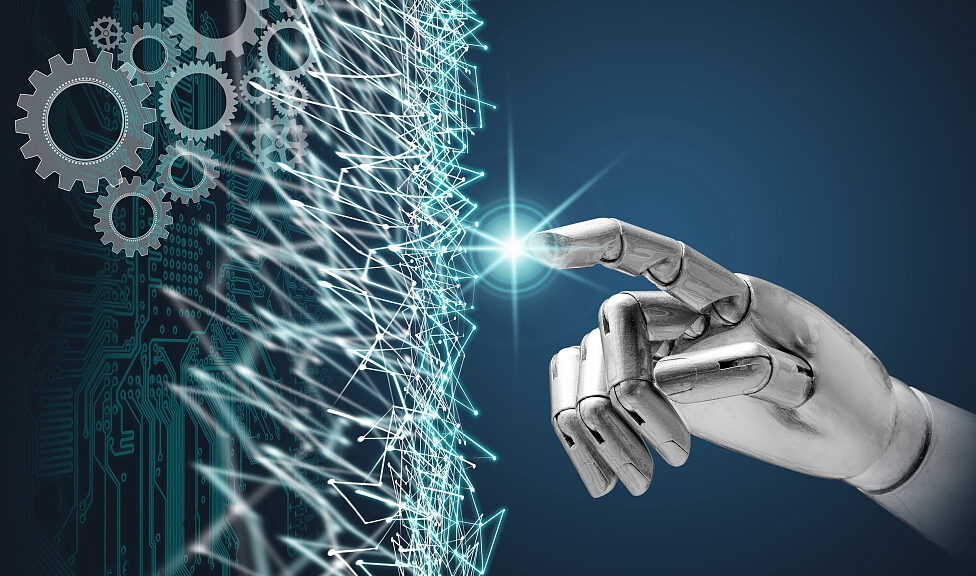
Real-World Impact: Reduced Emissions and Enhanced Sustainability
The immediate advantage of stronger and lighter materials is energy savings, a critical benefit in industries like aerospace and automotive. Consistent with articles published by NASA, every kilogram removed from an aircraft can cut thousands of liters of fuel consumption over its operational lifetime. By replacing traditional titanium components with ultra-light, AI-engineered nanomaterials, airlines can potentially save 80 liters of fuel per kilogram annually. This is a significant contribution to reducing overall emissions. Beyond aerospace, manufacturers and policymakers alike are interested in how AI-optimized materials can improve wind turbine components, solar panels, and electric vehicles—all of which benefit from decreased weight and increased durability.
In biomedical engineering, similar AI-driven breakthroughs are taking place. Researchers at the University of Pennsylvania are exploring AI-optimized scaffolds for tissue regeneration, employing 3D printing to create intricate structures that mimic the extracellular matrix in bones. These scaffolds can be tailored to patient-specific needs, radically improving the success rates of implants and accelerating healing processes.
AI in Chemistry: Accelerating Discovery and Innovation
The Advent of Big Data in Chemical Research
Chemistry and materials science share a common bottleneck: reliance on extensive aggregations of experimental and computational data. Since the inception of the Materials Genome Initiative by the U.S. government in 2011, databases of chemical and materials properties have ballooned. According to Nature Materials, multiple consortia now maintain open-access data libraries like the Materials Project, which boasts data on over 150,000 materials. When these libraries are integrated with AI tools, new molecules and compounds can be rapidly screened based on desired properties—whether it’s higher catalytic efficiency or enhanced thermal stability.
Chemists are leaning into AI in ways reminiscent of materials scientists. A 2021 Science article highlighted a University of Toronto-led project that used machine learning to discover novel perovskite structures for solar cells. In a conventional lab environment, testing these structures might require months of tedious synthesis and characterization. But in this project, robotically controlled synthesis was guided by predictive models in real time, enabling researchers to home in on high-efficiency perovskites within days. This ability to quickly iterate through thousands of permutations dramatically alters the traditional R&D landscape.
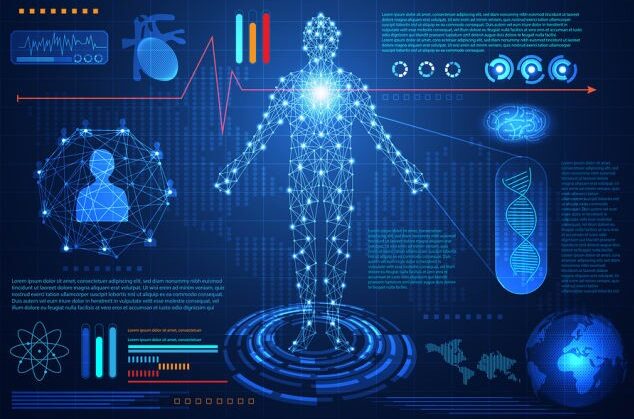
Smart Molecular Design and Reaction Optimization
One of the most transformative applications of AI in chemistry is molecular design. DeepMind’s AlphaFold, which accurately predicts the 3D structures of proteins, illustrates the power of AI when fueled by large datasets. While proteins differ from inorganic compounds, the core concept—using machine learning models to infer structural and functional details—holds for various branches of chemistry.
AI-driven techniques from companies like Insilico Medicine and Atomwise enable rapid screening of billions of molecular structures for specific targets, such as inhibiting viral proteins or modulating enzymatic reactions. In 2020, Atomwise used AI-based modeling to identify ML316, a molecule showing promise in neutralizing SARS-CoV-2, within a mere two weeks. According to a Scientific American article, this accelerated approach—compared to the traditional method of physically synthesizing and testing compounds—slashes discovery timelines from years to weeks.
Reaction optimization, another challenging and time-consuming aspect of chemistry, also benefits from AI. A system reported by Nature in 2021 uses reinforcement learning (RL) to autonomously run thousands of parallel micro-reactions, adjusting variables like temperature, pH, and catalysts to optimize yields for pharmaceutical compounds. Such AI-driven experimentation reduces the time and cost associated with benchwork, giving researchers more freedom to explore radical new chemistries.
AI-Enabled Sustainable Chemistry
Sustainability concerns are increasingly intersecting with chemistry. Green chemistry—focusing on non-toxic, resource-efficient processes—has received heightened attention in both academic and industrial circles. AI can expedite efforts in this area by highlighting environmentally friendly reaction pathways and energy-efficient catalyst systems. For example, a research team at the University of California, Berkeley, published a study in ACS Catalysis describing the use of ML algorithms to uncover new metals and ligands that act as replacements for high-cost or high-impact elements like platinum and palladium. The big takeaway: AI can systematically flag “greener” catalyst alternatives without sacrificing efficacy, a process that can have far-reaching consequences for industries reliant on large-scale chemical transformations.
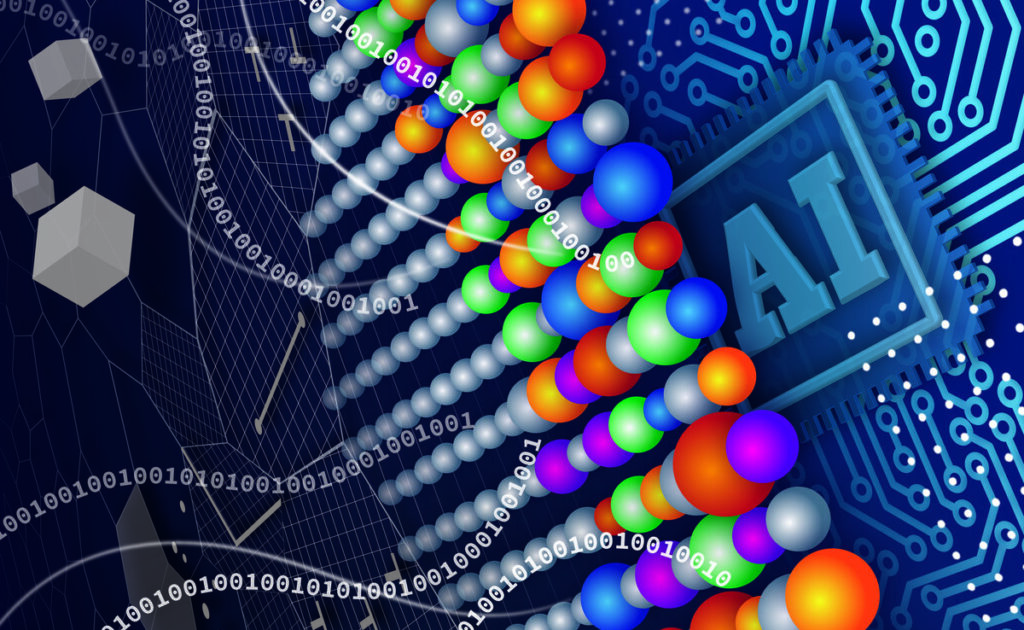
AI in Pharmaceuticals: From Drug Discovery to Personalized Medicine
Drug Repurposing: Faster and Cheaper
The cost of bringing a new drug to market has climbed to over $2.6 billion on average, according to a 2020 Tufts Center for the Study of Drug Development report. AI promises to reduce these costs substantially by accelerating early-stage discovery, a stage frequently described as the “valley of death” for drug development. Beyond discovering entirely new drugs, AI excels at drug repurposing—finding new applications for existing drugs.
A prime example is BenevolentAI, which used AI to analyze vast clinical datasets and biochemical literature, identifying baricitinib (originally an arthritis medication) as a potential candidate to treat COVID-19. This repurposing approach, highlighted in multiple news reports on Google during the early stages of the pandemic, was done in a fraction of the time it would take using conventional methods. By focusing on existing drugs that already have safety data, pharmaceutical companies can shave years off the development cycle, cutting up to 70% of the typical cost and drastically reducing risks.
Personalized Medicine and Genomics
AI has become indispensable in genomics—a branch of molecular biology that was once confined to massive labs and million-dollar budget lines. Today, machine learning models can effectively “read” genetic data, identify key mutations, and predict how these mutations will affect protein function. IBM Watson for Oncology, for example, uses AI to sift through peer-reviewed medical literature, patient records, and clinical trials to propose treatment plans tailored to individual cancer patients. By integrating labs’ genomic data with real-world patient outcomes, Watson assists oncologists in making more precise therapeutic decisions.
Startups like Insilico Medicine are pushing further by combining multiple data streams—genomic, proteomic, and even transcriptomic—to create a systems-level view of disease. Their AI pipelines can propose novel compounds targeting specific genes implicated in aging and chronic illnesses. This approach, detailed in Forbes articles, holds promise for tackling age-related diseases (e.g., Alzheimer’s, cardiovascular disease) by focusing on pathways unique to each patient’s biology.

AI-Driven Clinical Trials
Clinical trials are expensive and time-consuming, often representing a substantial chunk of a drug’s total development cost. By harnessing predictive analytics, AI can optimize trial design—predicting which patient populations will be most responsive to a therapy and which biomarkers should be monitored. This can lead to more targeted enrollment, improved trial success rates, and potentially earlier regulatory approvals. For instance, GNS Healthcare uses AI models to simulate clinical trials in silico, significantly reducing the guesswork around dosage and side effects before a single patient is enrolled. These virtual trials do not eliminate the need for real-world testing, but they can streamline the design phase, saving both time and resources.
Real-Life Examples and Evidence of Impact
MIT Discovers Novel Antibacterial Using AI
In 2020, MIT researchers reported discovering a potent antibiotic called Halicin using a deep learning approach described in Cell. By screening more than 100 million molecules from various databases, the AI identified Halicin’s unique structure, which effectively targeted resistant pathogens. This discovery process took less than 48 hours for the data analytics phase—an extraordinary reduction compared to the years of trial-and-error typically required in antibiotic research. Subsequent lab tests confirmed that Halicin was effective against a broad range of bacteria, including drug-resistant strains like Mycobacterium tuberculosis and Acinetobacter baumannii.

NASA’s AI-Optimized Rocket Parts
NASA’s Jet Propulsion Laboratory (JPL) has been spotlighting AI-based design tools to optimize rocket components made through additive manufacturing. In 2019, NASA provided several examples (featured on news sites indexed by Google) showcasing how neural networks helped identify lightweight structures that withstand extreme temperatures during rocket launches. When 3D-printed, these AI-designed parts passed rigorous stress tests while reducing weight by almost 40% compared to traditional designs. For space travel, where every gram matters, these advancements can alter mission costs dramatically and open up new frontiers in planetary exploration.
GlaxoSmithKline’s AI Platform for Drug Discovery
GlaxoSmithKline (GSK), one of the world’s largest pharmaceutical companies, invested heavily in AI-driven platforms circa 2017-2021. Partnering with companies like Exscientia, GSK began deploying AI to evaluate potential drug candidates for neurological conditions, an area historically fraught with high failure rates. By analyzing chemical libraries that number in the billions of compounds, GSK’s AI system identified novel candidates within months. According to a GSK press release covered by Reuters, the time from initial screening to a viable lead was cut by 30%, underscoring how integrated AI workflows can streamline pipelines in big pharma.
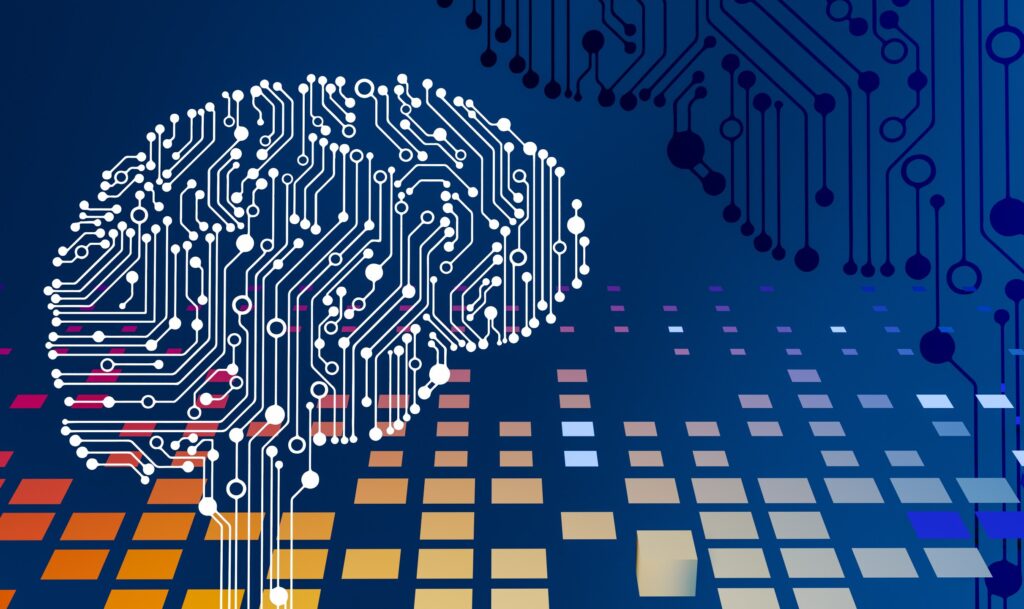
Challenges, Controversies, and Ethical Considerations
Data Quality and Bias
A ubiquitous concern in AI research is the quality of input data. Many failures in AI-driven projects can be traced to incomplete, skewed, or noisy datasets. As a Nature Machine Intelligence paper argued in 2019, bias in training data can lead to erroneous predictions or overlooked discoveries, especially in sensitive fields like pharmaceuticals and healthcare. For instance, if a material dataset fails to capture how environmental humidity affects nanolattice strength, AI-generated designs might underperform or fail in real-life applications. Similarly, biased clinical trial data can yield pharmaceutically relevant AI models that prove less effective for minority populations.
Black-Box Models and Explainability
Neural networks, especially deep learning architectures, often operate as so-called “black-box” models. They can yield highly accurate results without offering transparent rationales. In materials engineering, this can be a less critical issue—if the final material outperforms existing benchmarks, it’s easier to accept some level of opacity. However, in pharmaceuticals, explainability is paramount. Regulatory bodies like the FDA require that drug developers understand why a certain molecule is predicted to be safe or effective. Efforts are underway to develop more interpretable AI models—explainable AI (XAI)—but this remains an evolving area of research.
Intellectual Property and Ownership
Another emerging dilemma involves intellectual property (IP). If an AI collates existing data and autonomously generates a novel material or drug, who holds the patent or ownership rights—the developers of the AI, the data owners, or the researchers who interpret the AI’s results? Legal precedents are still evolving. In a widely discussed 2021 legal case in the UK, a patent office initially denied AI as a legitimate inventor, triggering a wave of debates and subsequent appeals. As AI grows more autonomous, clarifying ownership and patents will become ever more critical.
Biosafety and Dual-Use Concerns
AI’s capacity to predict molecular properties also poses risks: an unsupervised model with malicious intent could theoretically design dangerous toxins or chemical weapons. A study published in Nature Machine Intelligence in 2022 highlighted scenarios where misused AI could propose lethal substances that never before existed, effectively bypassing existing security protocols. Regulating AI’s access and usage in R&D is thus a high-stakes challenge—balancing the need for innovation with global security concerns.
Resource-Intensive Infrastructure
State-of-the-art AI models require considerable computational power, energy consumption, and specialized expertise—potentially pricing out smaller labs or institutions. A single training run for a large neural network can emit as much carbon as five cars over their lifetimes, according to a 2019 MIT Technology Review article. As AI becomes central to materials science and pharmaceuticals, addressing this computational cost and environmental footprint becomes a significant part of the sustainability conversation.

Future Outlook: Toward Industry 5.0
Convergence of AI, Quantum Computing, and Robotics
Experts across diverse fields predict that by 2030, AI will be responsible for driving a majority of R&D efforts in materials, chemistry, and pharmaceuticals. One exciting horizon is the pairing of AI with quantum computing. Quantum computers excel at simulating molecular interactions at the quantum level, an arena where classical supercomputers struggle. Already, IBM and Google’s quantum teams are collaborating with academic groups to build “quantum-classical” hybrid models that leverage the strengths of both systems. Integrating AI with quantum simulations could lead to a deeper understanding of subatomic behavior and a new class of materials with exotic properties—superconductors at room temperature, ultra-efficient thermoelectrics, and more.
Digital Twins for Real-Time Monitoring
“Digital twins” are virtual replicas of physical systems, updated in real time using sensor data. In materials engineering, this approach can monitor how a structure degrades over time or how a drug behaves in different organs. AI serves as the “brain” of these twins, predicting when failures might occur or when interventions are needed. This concept is already making waves in advanced manufacturing, where companies like Siemens and General Electric use digital twins to track factory equipment. In the pharmaceutical realm, digital twins could simulate patient responses to different drug dosages, massively de-risking clinical trials.
Automated Labs and the Move Toward Autonomy
A new generation of automated laboratories is on the rise—facilities where robots handle the tedious aspects of experimentation, from reagent dispensing to data entry, guided by AI algorithms that set experimental priorities. Leading research institutions, including the University of Liverpool and Stanford University, have begun testing these “self-driving labs.” By delegating routine tasks to robots, scientists can focus on high-level strategy and conceptual thinking. Coupled with AI’s predictive analytics, these labs can iterate through experimental designs around the clock, drastically cutting time between concept and validation.
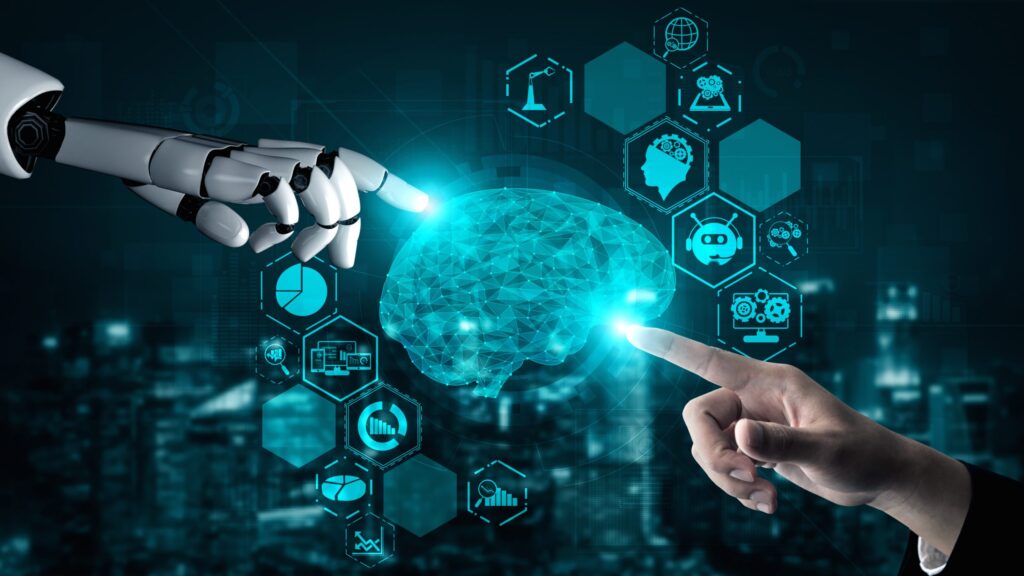
Envisioning an AI-Driven Renaissance in Science
From pioneering nanolattice designs tougher than steel to drug discovery breakthroughs that reshape healthcare, AI’s imprint on modern R&D is unmistakable. The synergy of AI, machine learning, and advanced manufacturing (like 3D printing) has already proven its capacity to alter the status quo. In materials science, we see the birth of ultra-strong, lightweight metals that reduce carbon footprints in the aerospace industry. In chemistry, AI accelerates the identification of green catalysts and novel compounds. And in pharmaceuticals, it promises safer, more effective treatments, discovered and refined at record speed.
However, with great power comes great responsibility. Managing data quality, ensuring model explainability, and clarifying questions around intellectual property are non-trivial challenges. Tied to these issues are concerns about AI’s environmental footprint and the inherent risks in dual-use technologies. As AI becomes more autonomous, the ethical and regulatory frameworks around research will need to adapt swiftly.
Yet the opportunities are equally monumental. AI’s capacity to process colossal datasets, learn from failures, and generate unprecedented insights can address age-old scientific challenges—from bridging the gap in fundamental materials discovery to enabling truly personalized medicine. Looking ahead to Industry 5.0, the integration of quantum computing, digital twins, and automated labs heralds an era in which the line between physical and digital experimentation is blurred. Research might take place primarily in silico, with real-world trials serving as final confirmations of AI’s predictions.
Reports accessible via Google illustrate how rapid these transformations can be. Whether it’s NASA optimizing rocket parts or MIT unveiling antibiotics against drug-resistant bacteria, the momentum is building across multiple disciplines. The immediacy and global relevance of these breakthroughs highlight AI’s capacity to tackle grand challenges—energy sustainability, climate change, emergent pandemics, and beyond.
In essence, AI and machine learning are no longer passive tools. They are emerging as collaborators—digital scientists capable of augmenting and accelerating human ingenuity. As educators, policymakers, developers, and researchers converge on setting best practices, the next era of discovery seems poised to outstrip even the most ambitious projections of the past decade. Reflecting on Richard Feynman’s oft-quoted remark, “There’s plenty of room at the bottom,” AI is rapidly unfolding that vast space of possibilities, enabling humanity to probe deeper, design smarter, and innovate faster than ever before.
